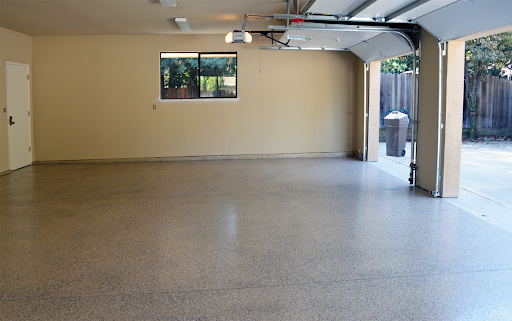Deciding to remove a tattoo can be as significant a decision as getting one in the first place. Whether it’s because the design no longer holds the same meaning, or it simply doesn’t reflect who you are today, tattoo removal is a path many choose to explore. However, one of the most pressing questions for anyone considering this procedure is, “How much should you budget for full tattoo removal?”
The Factors Influencing Tattoo Removal Costs
The cost of tattoo removal isn’t a one-size-fits-all figure. Several factors come into play, affecting the overall price:
1.Size and Complexity of the Tattoo: Larger tattoos require more time and resources to remove, which directly affects the cost. Similarly, intricate tattoos with dense ink or multiple colors might need more sessions, raising the price.
2.Tattoo Age and Ink Quality: Older tattoos are often easier to remove since they have likely faded over time. Conversely, newer tattoos with high-quality, vibrant inks may be more challenging and expensive to eliminate.
3.Skin Type and Location: Skin tone and type can impact the effectiveness of laser removal technology. Tattoos on areas with thinner skin may be easier to remove, while those on thicker-skinned areas might require more attention.
4.Number of Sessions Required: On average, tattoo removal requires between five and ten sessions, but this varies based on the tattoo’s characteristics and the individual’s skin response to treatment.
5.Technology Used: Clinics utilize various laser technologies, with some being more advanced and, consequently, more expensive. PicoSure and Q-switched lasers are among the prevalent options, each with distinct cost implications.
Breaking Down the Costs
The average cost per session for tattoo removal ranges from $200 to $500. However, this is just a baseline, and the total expenditure can vary significantly based on the previously mentioned factors. Here’s a more detailed breakdown:
–Small Tattoos: A small, simple tattoo might cost between $1,000 and $2,000 in total, assuming about five sessions at $200 to $400 each.
–Medium Tattoos: For medium-sized designs, you might spend between $2,500 and $5,000, with each session costing around $300 to $500.
–Large Tattoos: Larger pieces could set you back $5,000 to $10,000 or more. These typically require the maximum number of sessions and the use of advanced laser technology.
Why Location Matters
Geography plays a crucial role in tattoo removal costs. Major cities, with their higher cost of living, often have higher-priced services. For instance, San Francisco tattoo removal services might be more or less expensive compared to other towns.
The city’s high demand for advanced cosmetic procedures and the presence of top-tier professionals can drive up prices. However, this also means access to state-of-the-art technology and experienced practitioners, which can be worth the additional cost for many.
Additional Costs to Consider
It’s essential to account for potential additional costs when budgeting for tattoo removal:
–Consultation Fees: Some clinics may charge for initial consultations, though many offer them for free. It’s a good idea to inquire beforehand.
–Aftercare Products: Proper aftercare is crucial to ensure effective healing and reduce the risk of complications. Clinics may recommend or sell specific creams or ointments to aid recovery.
–Possible Complications: While rare, complications such as scarring or pigmentation changes might require additional treatments or products, adding to the overall cost.
Finding the Right Clinic
Choosing the right clinic is as important as budgeting. Here are some tips to ensure you make the best choice:
–Research and Reviews: Look for clinics with positive reviews and testimonials. Personal recommendations from friends or family can also be invaluable.
–Technology and Expertise: Ensure the clinic uses up-to-date laser technology and that the technicians are certified and experienced.
–Consultation: Use the consultation to ask questions about the process, expected results, and any concerns you might have. A reputable clinic will be transparent about potential outcomes and costs.
Budgeting Tips for Tattoo Removal
1.Plan Ahead: Start by getting quotes from several clinics to compare prices and services. This will give you a clear idea of what to expect.
2.Set Aside Funds: Once you have an estimate, set aside a dedicated amount each month to cover the costs. This helps manage the financial impact over time.
3.Consider Financing Options: Some clinics offer financing plans to make the procedure more affordable. Check if this is an option and understand the terms before committing.
4.Insurance and Discounts: While tattoo removal is typically considered a cosmetic procedure and not covered by insurance, some clinics offer discounts for multiple sessions or if you book in advance.
Conclusion: Weighing the Costs and Benefits
While the costs of tattoo removal can be significant, many find the investment worthwhile to achieve the desired outcome. Whether you’re looking to erase a faded memory or simply want a clean slate, understanding the factors that influence cost and planning accordingly can make the process smoother and more affordable. Remember, the key is to choose a reputable provider who offers both quality and value, ensuring your journey to a tattoo-free future is as seamless as possible.









